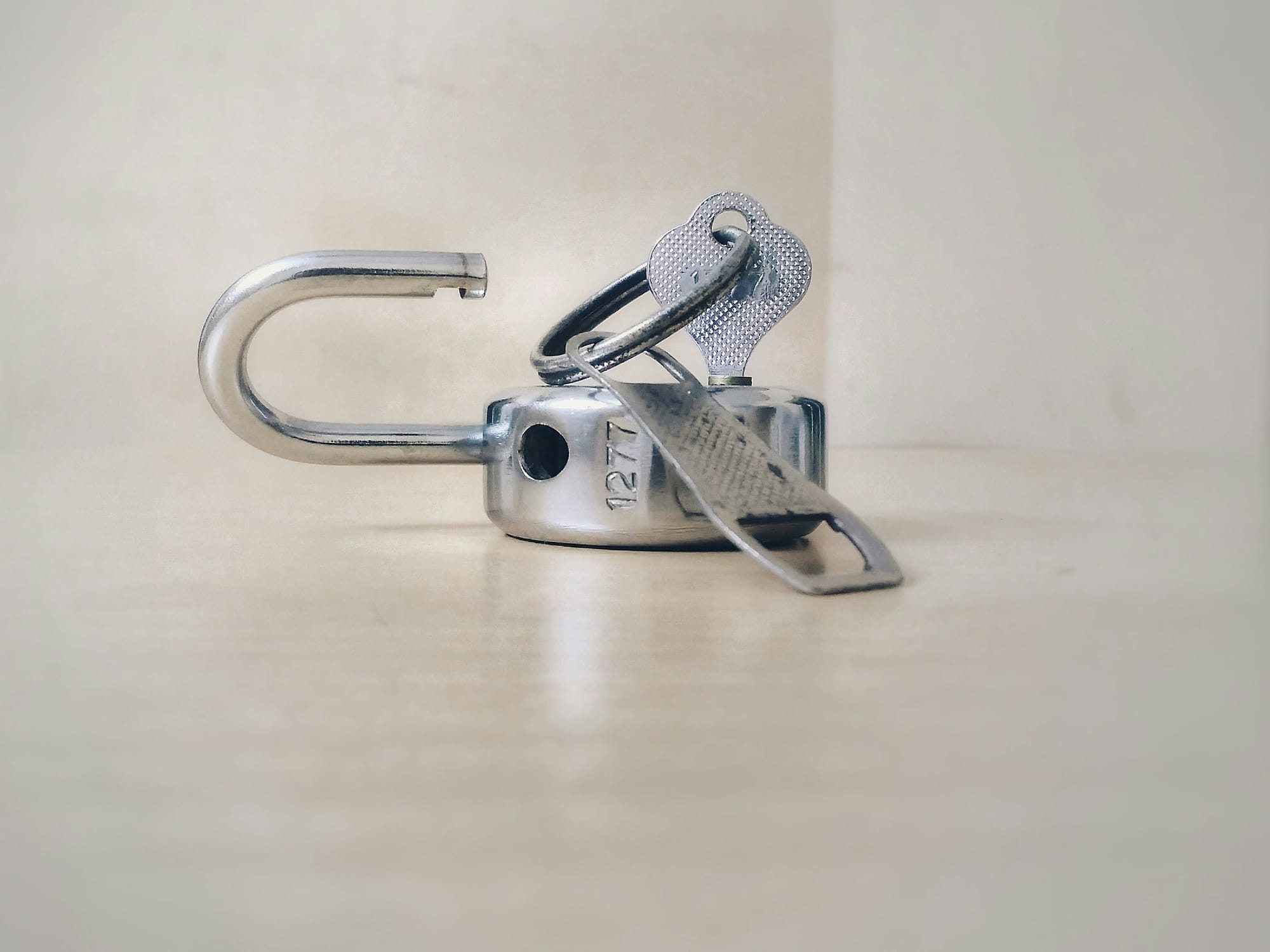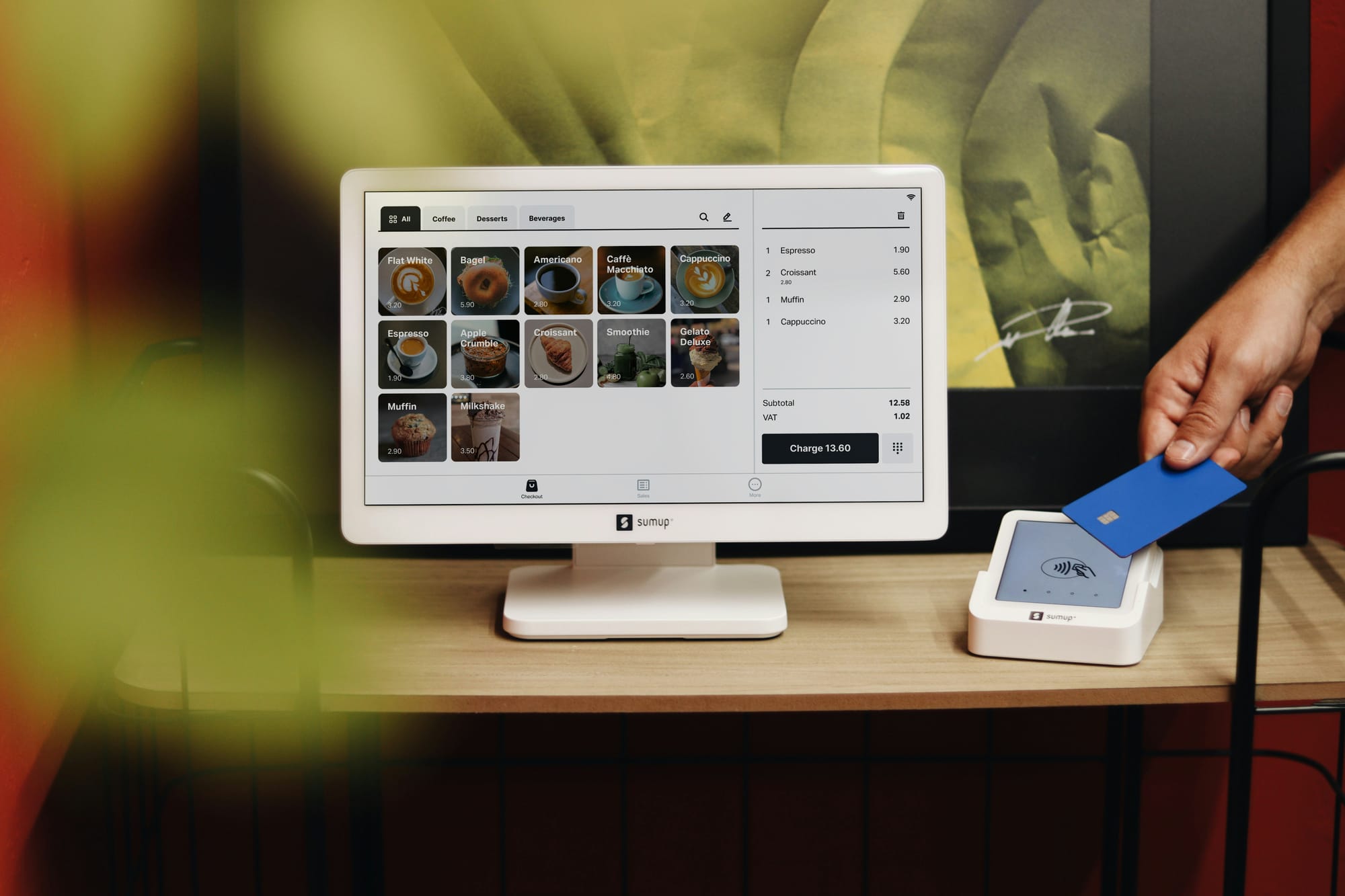Landing page testing - a guide to boosting conversions with A/B testing
In the competitive world of digital marketing, having an attractive landing page isn’t enough - you need a landing page that converts. To maximize the performance of your landing pages, continuous testing and optimization are crucial. This is where landing page testing comes into play. Through methods like A/B testing and split testing, you can make data-driven decisions that lead to higher conversion rates and better ROI.
In this article, we’ll explore the basics of landing page testing, delve into the process of landing page A/B testing, and highlight best practices for running effective AB tests for landing pages.
What is landing page testing?
Landing page testing is the process of experimenting with different versions of your landing page to identify what elements drive the best performance. The goal is to determine which design, copy, or structure variations lead to higher engagement, conversions, and ultimately, sales.
Testing can range from simple changes like tweaking the headline or CTA button color to more complex adjustments like altering the page layout or redesigning the entire page. The most popular and effective method for landing page testing is A/B testing.
What is landing page A/B testing?
Landing page A/B testing, also known as split testing, involves comparing two or more versions of a landing page to see which one performs better. In a typical A/B test, traffic is split between the original version (Control) and a variant (Version B), with each version being shown to different segments of your audience simultaneously.
For example, let’s say you want to test two headlines: “Boost Your Productivity” (Version A) versus “Get More Done in Less Time” (Version B). Half of your visitors will see Version A, and the other half will see Version B. The performance of each version is measured based on key metrics like click-through rates (CTR), form submissions, or sales.
Why is A/B testing important for landing pages?
A/B testing for landing pages is crucial because it allows you to make data-backed decisions rather than relying on guesswork. Here’s why it’s an essential practice:
- Improves conversion rates. By identifying which elements resonate most with your audience, you can optimize your landing pages for higher conversion rates.
- Enhances user experience. Testing helps you understand what your visitors like or dislike, enabling you to create a better user experience that keeps them engaged.
- Reduces bounce rates. A well-optimized landing page will keep visitors on your site longer, reducing bounce rates and increasing the likelihood of conversion.
- Maximizes ROI. With more conversions and lower acquisition costs, A/B testing helps you get the most out of your marketing budget.
Key elements to test on landing pages
When conducting landing page A/B testing, it’s essential to focus on elements that have the most significant impact on your conversion rates. Here are some key components to consider.
- Headlines and subheadlines. The headline is often the first thing visitors see, so testing different headlines can lead to big improvements in engagement. Try variations that emphasize different benefits or use more compelling language.
- Call-to-Action (CTA) buttons. Your CTA button’s text, color, size, and placement can all influence whether visitors click or not. Experiment with different wordings like “Buy Now” vs. “Get Started” or test the color of the button to see which gets more clicks.
- Images and videos. Visual content plays a significant role in how users perceive your product. Test different images, illustrations, or videos to see which ones resonate best with your audience.
- Form fields. If your landing page includes a form, test the number of fields and the information you ask for. Reducing the number of required fields often increases submission rates.
- Layout and design. The overall design and layout of your landing page can significantly impact user experience. Test variations like a two-column vs. single-column layout, different font sizes, or rearranging sections.
- Copy length and style. Sometimes less is more, but other times, a detailed explanation works better. Test short, punchy copy against more detailed, descriptive text to see what drives more action.
Best practices for landing page A/B testing
To get the most out of your landing page A/B testing, follow these best practices:
Test one element at a time
To identify what specifically is driving the change in performance, test one element at a time. If you change multiple elements at once, you won’t know which one caused the improvement or decline.
Set clear goals
Define what you want to achieve with your test, whether it’s increasing click-through rates, form submissions, or sales. Having clear goals helps you measure success accurately.
Use sufficient sample sizes
For your results to be statistically significant, ensure you have a large enough sample size. Testing with too few visitors can lead to unreliable conclusions.
Run tests long enough
Don’t end your test too early, even if one variation appears to be winning. Allow enough time for the test to gather data across different times of day and audience segments.
Analyze and implement results
Once your test concludes, analyze the results and implement the winning version. Use the insights gained to inform future tests and continuously improve your landing page performance.
See your results
Landing page testing is a powerful tool for optimizing your digital marketing efforts. By utilizing landing page A/B testing, you can make informed decisions that drive higher conversion rates and improve the overall performance of your landing pages. Remember to test one element at a time, set clear goals, and be patient with your experiments. Continuous testing and optimization will help you stay ahead of the competition and maximize your marketing ROI.
-

Unlock the benefits of website personalization
-

E-commerce conversion best practices
-

Your ultimate Conversion Rate Optimization checklist
-

How to: complete a Conversion Rate Optimization audit
-

An easy guide to ecommerce website optimization
-

Your guide to Conversion Rate Optimization best practices
-

Landing page optimization - maximizing your conversions
-

Website performance optimization techniques to boost your online business
-

Benefits of website personalization for online businesses
-

How to improve your ecommerce checkout conversion

